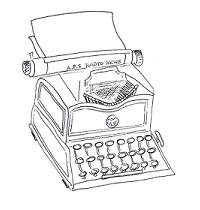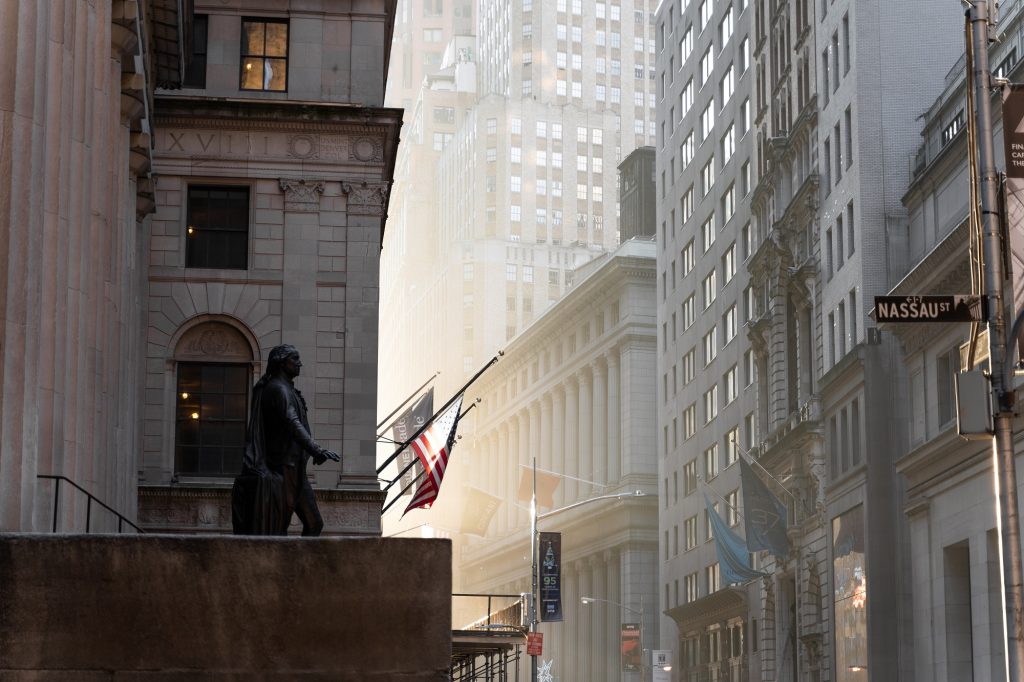economy news bulletin news
Stock markets bounced on Wednesday as data showed US inflation cooled more than expected in June, raising hopes that the Federal Reserve will soon end its cycle of interest rate hikes. bulletin news
The dollar fell against other major currencies while oil prices jumped, with the international benchmark, Brent North Sea crude, breaching the $80-per-barrel mark.
The Fed and other central banks have been raising borrowing costs in efforts to bring down consumer prices, which jumped as countries emerged from the Covid-19 pandemic and soared further following Russia’s invasion of Ukraine last year.
Official data on Wednesday showed the US consumer price index (CPI) rose 3.0 percent from a year ago last month, down from 4.0 percent in May, coming in slightly lower than analysts expected.
While Fed officials have signaled that further rate increases are likely needed to bring inflation back to their two percent target, the June CPI report heightens market doubts about the number of additional increases needed down the line.
The Fed paused its aggressive monetary tightening at its last gathering in June but Chair Jerome Powell has warned that two more hikes were probably needed by the end of the year.
Futures markets still expect a Fed rate hike in July, but not in September.
“The Fed is extremely likely to raise interest rates by another 25 basis points but there’s a good chance that it could now be the last,” Craig Erlam, analyst at trading platform OANDA, told AFP.
“We’re seeing progress across the board at this point, albeit more slowly than many will have hoped, but there’s no longer a necessity for the Fed to be so aggressive,” Erlam said.

CMC Markets analyst Michael Hewson said that the latest data make clear that “further rate hikes beyond July will be a big ask, and probably won’t happen, hence today’s US dollar weakness.”
Nevertheless, Fed officials would likely continue to adopt a hawkish tone, he said, in order to keep market expectations in line.
Dollar sags
Wall Street stocks spent the entire session in positive territory, with the S&P 500 winning 0.7 percent, while European markets extended earlier gains following the US inflation data.
economy news bulletin news
London equities had already climbed after the Bank of England announced that all major UK retail lenders passed stress tests to assess their resilience to economic shocks.
The pound rose above $1.30 for the first time since April 2022 while the euro also advanced to multi-month highs.
Higher interest rates make a currency attractive to investors looking for higher returns.
Asian equities have meanwhile enjoyed a broadly positive week so far after China signaled a long-running crackdown on the tech sector was nearing an end, while officials also pledged help for ailing real estate developers.
That was followed by reports of further growth-boosting measures and data showing new loans in China had picked up in June thanks to a central bank interest rate cut.
Optimism is now building for more announcements aimed at kickstarting the world’s number two economy as its post-Covid recovery sputters.
Key figures around 2020 GMT
New York – Dow: UP 0.3 percent at 34,347.43 (close)
New York – S&P 500: UP 0.7 percent at 4,472.16 (close)
New York – Nasdaq: UP 1.2 percent at 13,918.96 (close)
London – FTSE 100: UP 1.8 percent at 7,416.11 (close)
Frankfurt – DAX: UP 1.5 percent at 16,023.00 (close)
Paris – CAC 40: UP 1.6 percent at 7,333.01 (close)
EURO STOXX 50: UP 1.7 percent at 4,360.46 (close)
Hong Kong – Hang Seng Index: UP 1.1 percent at 18,860.95 (close)
Shanghai – Composite: DOWN 0.8 percent at 3,196.13 (close)
Tokyo – Nikkei 225: DOWN 0.8 percent at 31,943.93 (close)
Euro/dollar: UP at $1.1138 from $1.1009 on Tuesday
Dollar/yen: DOWN at 138.47 yen from 140.36 yen
Pound/dollar: UP at $1.2992 from $1.2933
Euro/pound: UP at 85.70 pence from 85.12 pence
Brent North Sea crude: UP 0.9 percent at $80.11 per barrel
West Texas Intermediate: UP 1.2 percent at $75.75 per barrel
burs-jmb/bys
© Agence France-Presse. All rights are reserved.
economy news bulletin news

Notes from APS Radio News
Reportedly because of what was being called a “pandemic”, a number of the world’s central banks embarked on massive programs of monetary expansion, starting in late February and early March of 2020.
For its part, between the early part of March of 2020 to over a year later, the US Federal Reserve added over $4 trillion to its holdings, by purchasing billions of dollars’ worth of Treasury bonds and corporate bonds each month during that period.
As well, at that time it kept interest rates rather low.
Other central banks, including the Bank of Japan and the European Central Bank, followed similar policies.
In addition, during that period many countries engaged in lockdowns; many small and medium-sized businesses and enterprises were shuttered by way of orders issued by public health officials, politicians and various administrators.
One of the direct causes of those shutdowns was the development of shortages.
According to a number of economists, the combination of shortages of various goods and services and massive programs of “quantitative easing” led to substantially higher rates of inflation.
In consequence of shuttered economies and higher rates of inflation in the first world, less developed countries suffered greatly, due, in part, to shortages of supplies and due to lowered demand.

